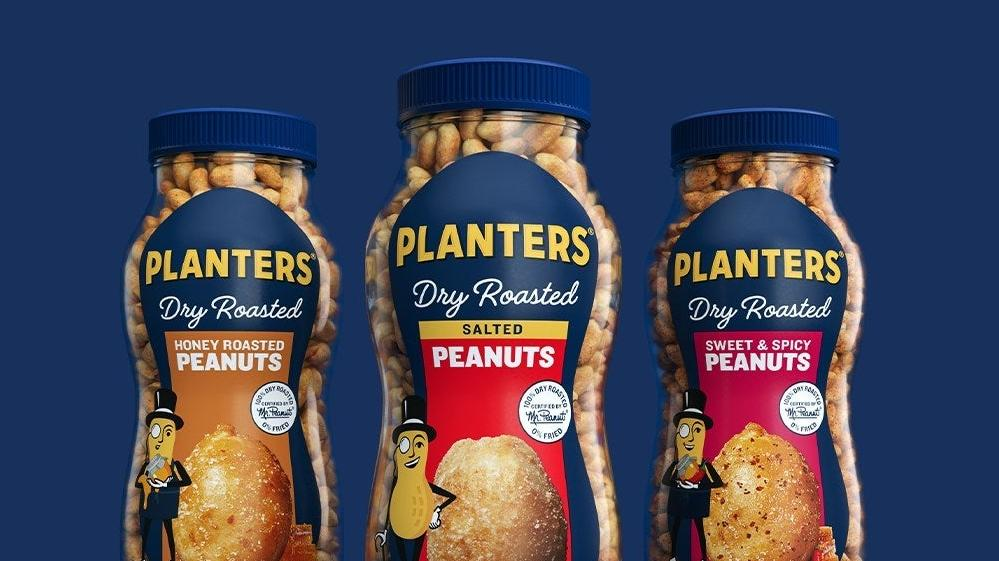Your Favorite Groceries Don't Look Like They Used To
How market forces are altering the food and drink products you buy every day.
You can't read five words on the internet in 2022 without tripping over the terms "inflation," "shrinkflation," "supply chain," or "shortage." The ripple effects of 2020's pandemic onset are still being felt in large and small ways, and a year of extreme weather events has been a stark reminder that climate change is impacting whatever aspects of our lives the pandemic hasn't managed to touch. Naturally, this is all affecting how we eat and drink. Here's how these factors have resulted in a few subtle but significant changes at your local grocery store.
Sprite bottles are no longer green
In July 2022, The Coca-Cola Company announced that plastic bottles of Sprite would henceforth switch from its signature green color to a clear plastic bottle with a green label. According to the company's statement, this was done in an effort to "support a circular economy for plastic packaging." When the coloring is removed from the plastic PET bottles, the containers stand a greater chance of getting recycled. Here's how Coca-Cola explained it:
Although green PET is recyclable, the recycled material is more often converted into single-use items like clothing and carpeting that cannot be recycled into new PET bottles. During the sorting process, green and other colored PET is separated from clear material to avoid discoloring recycled food-grade packaging required to make new PET bottles.
I didn't realize how much of a Pavlovian response I have to that shock of green in the refrigerator case at the convenience store, but I can already feel my brain reprogramming to accommodate those bright, shiny Sprites in the clear bottle. They look fresh, and if there's an even slighter chance that they'll be recycled as they ought to, so much the better.
Topo Chico comes in two different bottles
Topo Chico, everyone's favorite mineral water, is typically packaged in a tall glass bottle with a slight green tint to it, the hue of which is most prominently visible on the base of the bottle where the glass is thickest. However, professional brewer and Takeout contributor Jenny Pfafflin recently noticed a discrepancy in what she had purchased:
What the heck, indeed: the two Topo Chicos in Pfafflin's photo feature distinct bottles, one of which is totally clear and one of which bears the signature green tint. Does the new bottle mean the product has changed somehow?
"The variation in the bottle [color] is simply associated with global supply chain and materials challenges that have been impacting many industries," a representative for Topo Chico explained to The Takeout. "Topo Chico is using a variety of bottles during production, which is likely the reason for the variation in the colors you're seeing."
There isn't currently a glass shortage, per se, but companies are having trouble sourcing the bottles they need. The supply chain issues stem in part from the fact that a large proportion of glass containers used in North America are imported from overseas, adding to an already strained supply chain that must deal with pain points all along the process, from the origin country to the shipping route to the docks to the trucks that make the deliveries. Knowing what these beverage companies are up against, it makes sense that they'd opt for whichever bottles can be sourced. The product inside is, thankfully, the same.
Planters Peanut jars get an hourglass shape
Whereas Sprite changed its plastic to be more easily recyclable, Planters has debuted new packaging for its Dry Roasted Peanuts intended to use less plastic in the first place. According to a press release, the new hourglass-shaped 16-oz. jar—which, we're told, is reminiscent of a peanut!—will allegedly use 8% less plastic, or 220 fewer tons, than the previous plastic jars that held the same amount of peanuts.
The press release goes on to explain that Hormel Foods, parent company of Planters, is implementing similar changes across the portfolio, finding ways to cut down on plastic production and boost sustainability efforts. While these are small steps, and they absolutely, unequivocally will not be enough to solve the climate crisis in which we find ourselves, companies are at the very least feeling pressure to reexamine their processes and identify areas for improvement, and if we can push them toward such improvements in dribs and drabs, maybe we're capable of effecting even greater change.
